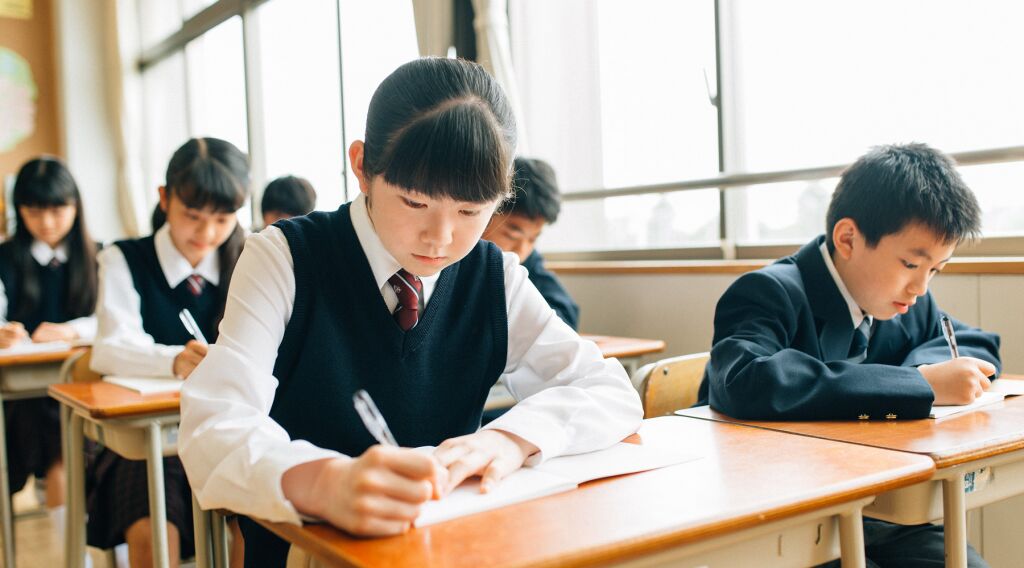
More Unsurprisingly Average U.S. Schooling Results
Every four years since 1995, a “Trends in International Mathematics and Science Study” (timss) is released, ranking a number of countries’ academic achievement over a number of grades. For its 2015 study, timss looked at 57 countries, including more than 580,000 students.
The top-ranked countries were from East Asia: Singapore, Hong Kong, South Korea, Taiwan and Japan. Following the 20-year timss trend, the United States and England sat well below the top nations, even though their scores were still above the international average.
timms tested students from Grade 4 (ages 9-10) to Grade 8 (ages 13-14) on both math and science, and set the average score as 500 out of 1,000. In the Grade 4 math bracket, Singapore topped the charts with a score of 618, while England and the United States ranked 10th and 14th respectively, with scores of 546 and 539.
In the Grade 4 science section, they fared the same, although the East Asians did not beat them by such a drastic margin. Singapore again ranked first with a score of 590, and the United States and England ranked 10th and 15th respectively, with results of 546 and 536.
American commentators took the results to mean different things. The Wall Street Journal had a piece titled “U.S. Students Score Higher Than Average on International Math Test,” while the Washington Post had one titled “U.S. Students Still Lag Many Asian Peers on International Math and Science Exam.”
When the last timss report came out in 2011, Yong Zhao, a professor in the School of Education at the University of Kansas, reasoned that the relatively bad results in comparison to Asian nations showed America was producing entrepreneur-oriented students rather than “homogenous, compliant” employee-oriented students. He argued that the average results were actually a good sign—since the U.S. was still ranked 2nd out of 82 countries in Global Creativity.
In any case, the fact is America has managed to thrive in the past, not because of, but in spite of its poor educational system.
In contrast to America’s debates over the results, Malaysia’s educators have little arguments about the direction they need to take. Poor results in previous timss have led Malaysia to take a hard-line approach to education reform. A few days before timss was released, Malaysian students received the results of their Primary School Evaluation Test. Astro Awani reported that “school halls and courtyards were described as eerie morgues and zombie-like funeral homes” when the poor results were announced. The Malaysian broadcaster showed pictures of girls sobbing in response.
Meanwhile, three days before America received its average timss results, one of its most prestigious magazines, the Atlantic, posted an article titled “The Push to Diversify Gifted-and-Talented Programs.” It lamented the fact that selective, advanced schools didn’t have enough low-income and Hispanic students filling their seats.
The attitude that results don’t matter, that standardized tests are useless, and that school is a place safe from opposing ideas doesn’t create students who perform well. Read editor in chief Gerald Flurry’s article “The Deadly Path of Higher Education” for an in-depth look at that trend. Since the United States has remained consistently behind the East Asians for 20 years, don’t expect the new path of education to turn anything around.
